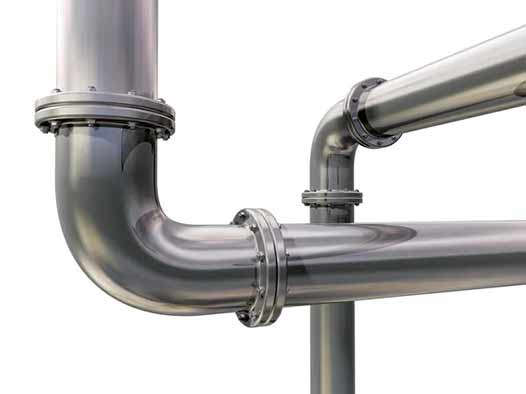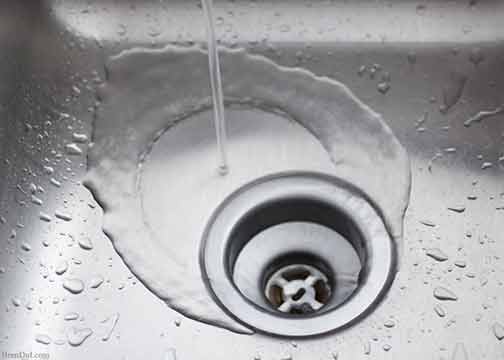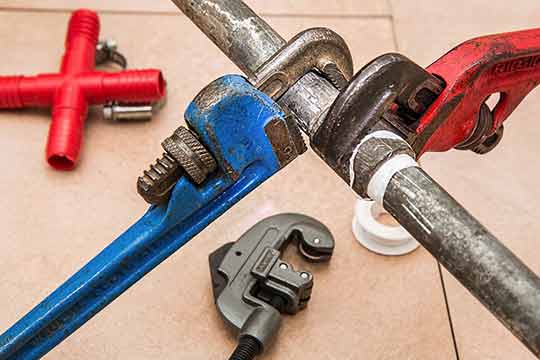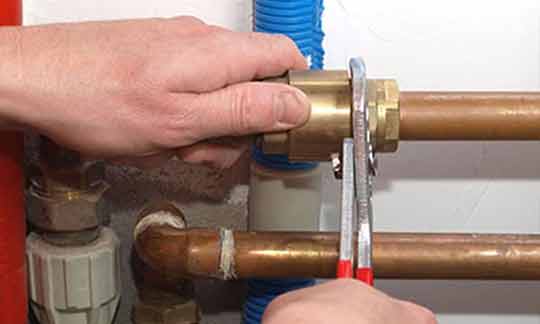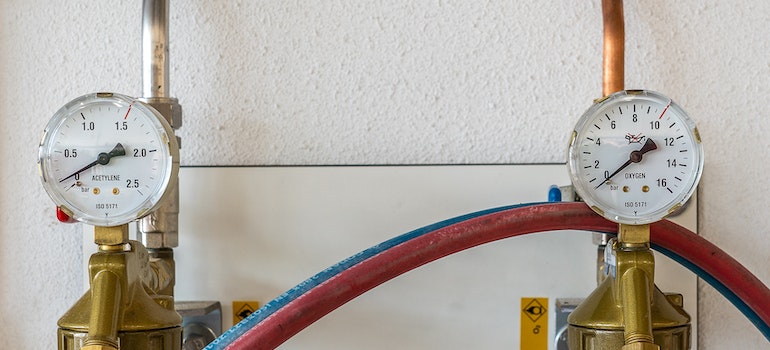Your home’s plumbing is usually not the first thing that comes to your mind when you’re thinking of ways to improve your property’s value. Most homeowners don’t even see a connection between their home’s plumbing and its market value.
That is why, when planning for upgrades, such homeowners often focus on trendy updates that aim to quickly grab buyers’ attention. But savvy homeowners don’t do this; they know something that most less-experienced homeowners don’t understand.
They know that the quality of their home’s major systems has a bigger impact on its value than any cosmetic changes they can make to the building. Smart homeowners realize that, in the end, buyers base their buying decisions on the ordinary features of the home, like the plumbing.
That is why, before putting money into improving the home’s aesthetics, these smart owners invest in the building’s major systems. Mark Brower Properties explains that due to its impact on the structural integrity of their home, the plumbing system is one of these homeowners’ main focuses.
That is a strategy you want to adopt when planning to renovate your home. Focusing on your home’s plumbing and other major systems of the house can help to ensure that you get maximum returns on any money you spend on cosmetic improvements.
What plumbing improvements can you make to your home to improve its value today? The five plumbing improvements explained below are good places to start.
Plumbing upgrades to improve your home’s value
Whole-house repipe
If the pipes in your home are close to their replacement date or you have been experiencing a spate of pipe issues, nothing will add more value to your home than doing a whole-house repipe. Problems like frequent blockages, burst pipes, low water pressure and poor water quality are often caused by aging pipes. They cost a lot of money to fix and exert a huge toll on your building’s structure. Repiping your home will make it more attractive to buyers because they won’t have to worry about the home’s plumbing maintenance costs. When doing this project, ensure that you upgrade to superior pipe materials like PVC, copper or PEX piping.
Eco-friendly upgrades
Eco-friendly plumbing upgrades help to cut your home’s energy costs. Every buyer wants a house that is not costly to maintain. Environmentally-conscious buyers in particular, go out of their way to look for features that will help to reduce their home’s environmental footprint. Since these buyers are often well-educated and affluent, eco-friendly plumbing features will make your home attractive to the upper echelons of the market. Some eco-friendly plumbing upgrades to consider include efficient washers, dishwashers, toilets or water heaters and faucets.
Replace worn-out plumbing fixtures
Old, worn-out fixtures diminish your home’s comfort through their negative impact on plumbing efficiency. Outdated plumbing fixtures will also impair the aesthetics of your home. Your old faucets and showerheads can cause problems like low water pressure. If you are planning to repipe your home, it makes a lot of sense to also replace your fixtures. The old fixtures will not perform to the level of your new piping. Furthermore, the style of those old fixtures will probably clash with the new ambience you are creating in the home. Examples of plumbing fixtures that you may want to replace include faucets, water heaters, and showerheads.
Insulating your pipes
Another great option for upgrading your home’s plumbing is to insulate your water pipes. A good portion of your home’s energy costs are incurred via energy losses from exposed hot water pipes. Exposed water pipes are also likely to freeze and burst during winter. Insulating these pipes not only improves the resilience of your plumbing, it can result in significant cuts to your energy spending. There are many ways to insulate the water pipes in your. Regardless of the method you choose, this upgrade will make your home more valuable and a lot more attractive to buyers.
Add a tankless water heater
A conventional water heater can easily aggravate your home maintenance woes. Because they store heated water and have to reheat that water several times a day, tank water heaters use up a lot of energy. Tankless water heaters, on the other hand, do not have this problem. Because they provide hot water on demand, tankless water heaters are more efficient and can help to cut your home’s energy and maintenance costs. You never have to worry about not having enough hot water when you upgrade to tankless water heaters.
Which of these plumbing upgrades should you start with? That depends on how much you have and how bad the plumbing in your home is. If you plan on repiping the entire house, you can make the cost more manageable by doing the project in phases. Also, talk to an experienced plumber; they can give you insights that will help you make the most of every dollar.
